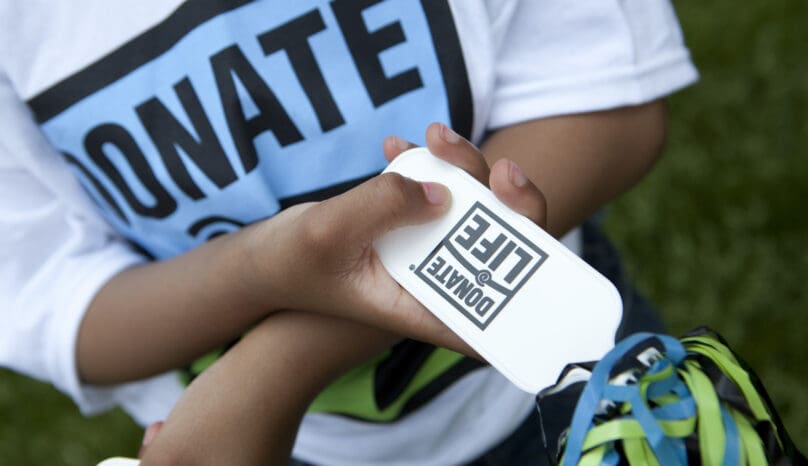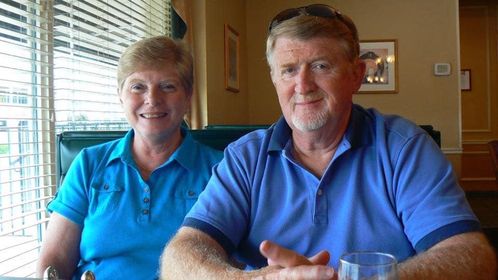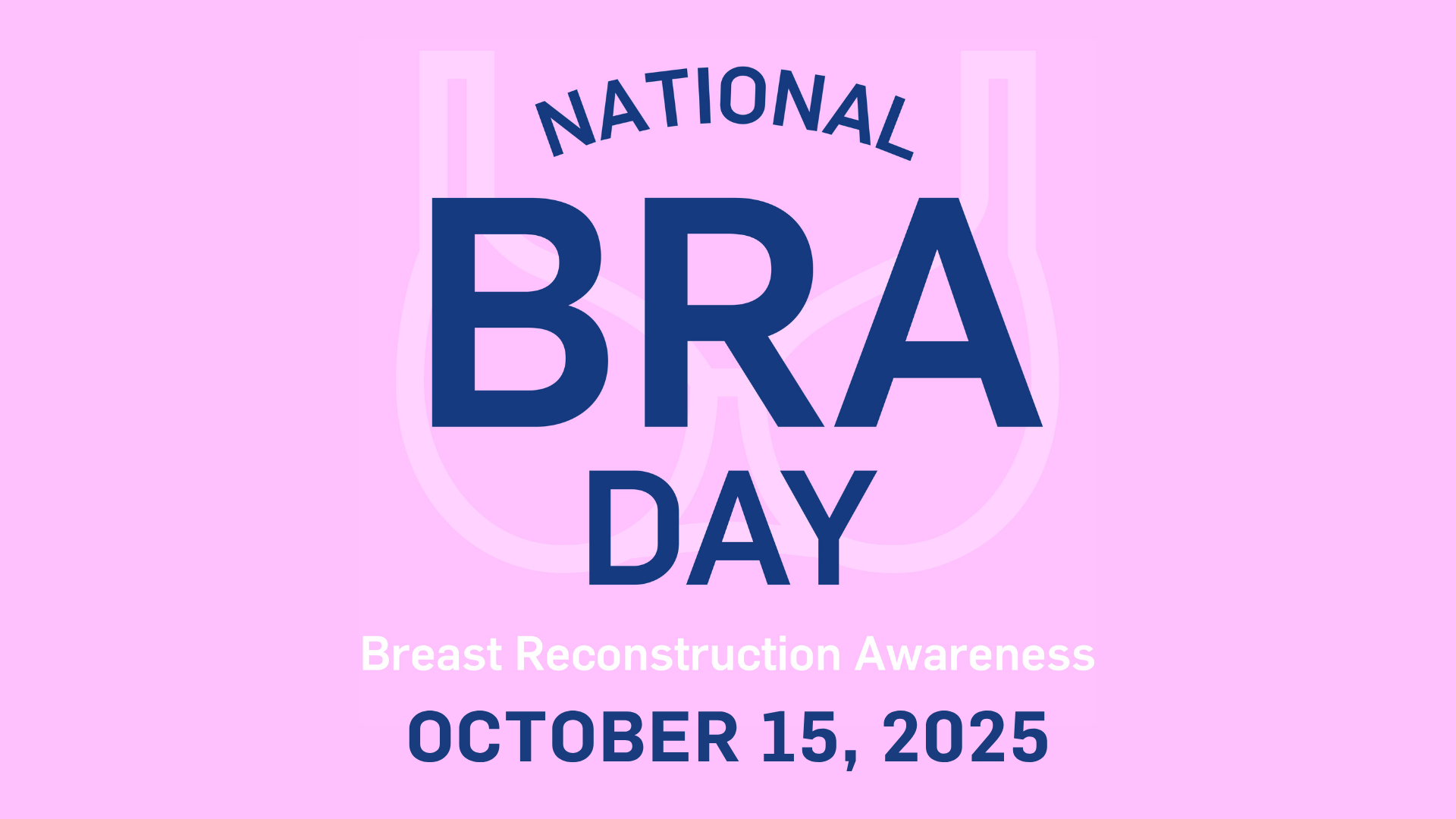The organ and tissue donation process begins with the selfless decision to register as an organ, eye and tissue donor. And given that 20 people die each day waiting for a transplant, the need for more registered donors is great. When you register as an organ, eye and tissue donor, you pledge to give the gift of life and leave a legacy of love and healing. While you may never see the impact of this personal decision first-hand, it’s a legacy that will be seen and felt by your friends, family, community and even perfect strangers. Did you know you’re more likely to need an organ transplant than be an organ donor yourself?
So, how does the organ and tissue donation process work? Here’s a short synopsis of a complex process.
Step 1: Trauma and end-of-life support
In the unfortunate event of someone suffering a traumatic injury, emergency medical personnel or a specialized team of paramedics begin life-saving efforts. Regardless of whether you’re registered as an organ, eye and tissue donor or not, every effort is made to save your life. If you’re transported in an ambulance, emergency room doctors are contacted during transport.
Step 2: Continue life-saving measures
When the team arrives at a hospital, emergency room doctors and nurses evaluate your injuries and continue life-saving measures. This may include having you on a ventilator or IV fluids, blood transfusions and/or medicine. The goal is to save your life.
Step 3: Transferred to ICU
If or when your vital signs improve, medical personnel will transfer you to the intensive care unit (ICU) where tests are done to see how much damage was done to your brain and internal organs. A person who has sustained a severe brain injury, such as from an accident, stroke, or lack of oxygen, is put on artificial support.
Step 4: Patient is declared clinically and legally dead
Doctors work hard to do everything they can to keep a patient alive, but sometimes there is a complete and irreversible lack of brain function including the brain stem. If this is confirmed by two doctors, the patient is declared brain dead. There is no chance of recovery from brain death. During this time, the body is supported by artificial means, such as a ventilator. Only at this point is organ donation an option. A second way to determine if someone has died is through the irreversible cessation of circulatory and respiratory functions. The opportunity to donate organs via deceased donation is actually quite rare. Only about 2 percent of Americans die in circumstances that allow for organ donation.
Step 5: Referral to a designated organ procurement organization (OPO)
Once a patient is determined brain dead by two doctors, who are completely unrelated to the transplant process, the hospital must refer the patient to their designated organ procurement organization (OPO). Mid-America Transplant is the OPO serving Eastern Missouri, Southern Illinois and Northeastern Arkansas. Specially-trained medical practitioners from the OPO will evaluate whether the patient is medically suitable to be an organ donor.
Step 6: Authorization
After evaluation, the OPO will check the state and national registry to determine if the patient is a registered donor. When surveyed, 95% of Americans are in favor of being a donor but nationally only 58% are registered. If the patient is registered to be an organ, eye and tissue donor, the hospital staff or specially-trained staff from the OPO will talk to the family to explain the donation process and answer any of the family’s questions. If the patient has not registered for donation, the family will be asked to authorize donation.
Step 7: Finding a match
The donor’s blood type, height, weight and other data is entered into a national computer system managed by the United Network for Organ Sharing (UNOS) to begin the organ allocation process. The system uses an algorithm to match available organs from the donor with people on the waiting list.
Step 8: Organ and tissue recovery
Once authorization has been granted, either by first-person authorization (the patient is registered on a donor registry) or the family gives authorization, a specialist surgical team will recover the organs and tissues. It’s common for medical staff and families to line the halls to give their respects during an honor walk as the donor is taken to surgery.
The organs are transported to the respective recipient’s transplant hospitals. The recovered tissues will be sent to the appropriate tissue processor to produce usable grafts. The utmost honor and respect are given to the donor for this lifesaving gift.
Step 9: Funeral arrangements
After donation, the families can proceed with their loved one’s funeral arrangements. The OPO works with funeral directors to honor the donor’s wishes. Being an organ, eye and tissue donor does not affect whether families can have an open casket. There is no cost to the donor family for organ, eye, and tissue donation.
Step 10: Follow-up from the OPO
A few weeks after the donation, the OPO will send a letter to the family letting them know which organs were transplanted and which tissues were recovered. Through the incredible generosity of one donor, up to eight lives can be saved by donating organs after death. More than 75 lives can be improved through tissue donation.
Every day, people are able to get back to their daily life activities alongside family and friends because of the selfless decision of another to give the gift of life through organ donation. Passing on the gift of life and being someone’s hero is as easy as registering as an organ, eye and tissue donor. By adding your name to the organ & tissue donor registry, you are consenting to give life to others through deceased donation.
A healthy heartbeat. The chance to walk again. The gift of sight. Donation empowers transplant patients to take back life’s most important moments. The majority of your family, friends and neighbors have already added their name to the organ donor registry. Are you one of them? By registering as an organ, eye and tissue donor, you can bring hope to patients and families who are holding out for a miracle. Sign up for the donor registry and increase the chance that patients waiting will get the transplants they need to survive.



